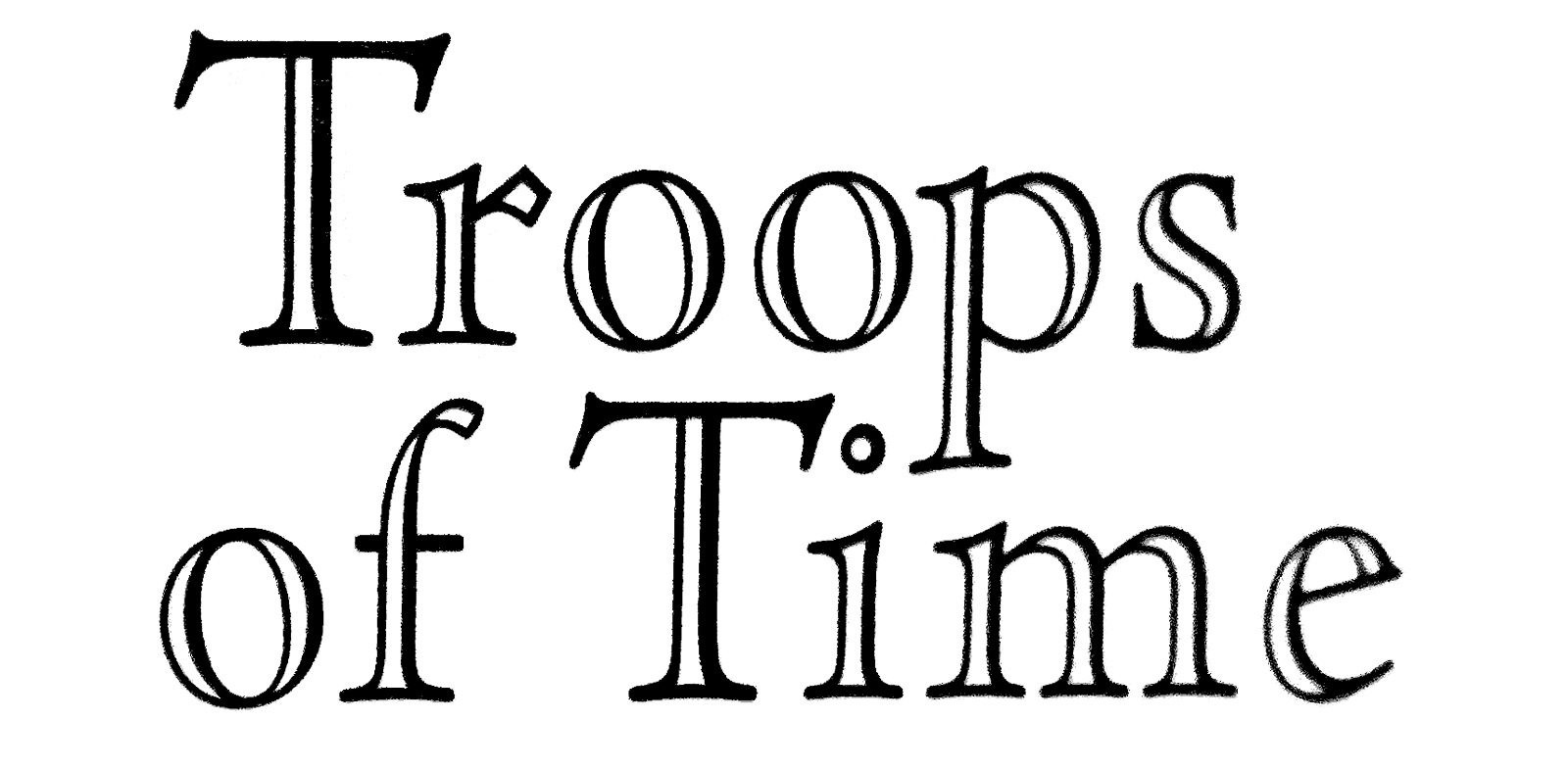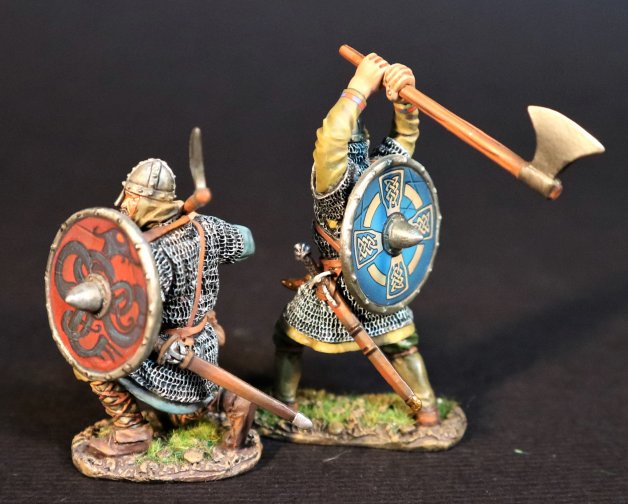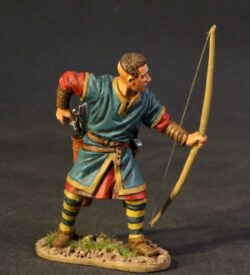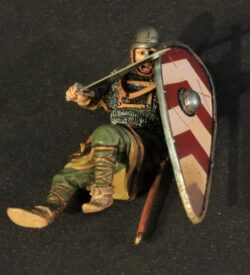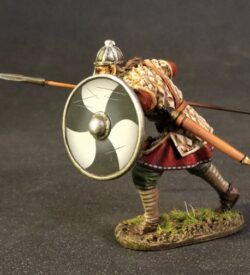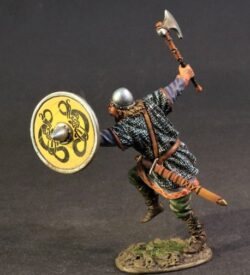SX-66A Housecarl, Anglo Saxon/Danes
$90.00
Description
A Housecarl was a non-servile manservant or household bodyguard in medieval Northern Europe.
The institution originated amongst the Norsemen of Scandinavia, and was brought to Anglo Saxon England by the Danish conquest in the 11th Century. They were well-trained, and paid as full time soldiers. In England, the royal housecarls had a number of roles, both military and administrative.
According to 12th Century Danish historian, Svend Aggeses, Cnut’s housecarls were governed by a specific law, the “Witherlogh” or “Lex Castrensis”. Their organization in a band or guild was Scandinavian in character, but the legal process the “Witherlogh” defines is mainly derived from canon law, directly or through Anglo Saxon laws.
The “Witherlogh” defined an etiquette, such as Housecarls were to be seated at the kings’ tables according to a number of factors, among which skill in war and nobility. They could be disgraced by being moved to a lower place at the tables. This was mainly punishment for minor offences, such as not giving proper care to the horse of a fellow housecarl. After three such offences, the offender could be seated at the lowest place where no-one was to talk to him, but everyone could throw bones at him at will.
The murder of another housecarl was punished by exile, and treason was punished by death, and confiscation of all property.
Quarrels between housecarls were decided by a specific tribunal, in the presence of the king.
By the end of the 11th Century in England, there may have been as many as 3,000 royal housecarls. The housecarls of Harold Godwinson’s army had a crucial role as the backbone of Harold’s army at Hastings. Although numerically they were the smaller par of Harold’s army, their superior equipment and training meant they could have been used to strengthen the militia, or “Fyrd”, which made up most of the Anglo Saxon army. The housecarls were positioned in the centre around the leader’s standard, but also probably in the first ranks of both flanks, with the fyrdmen behind them.
At the Battle of Hastings, these housecarls fought after Harold’s death, holding their oath to him until the last man was killed.
